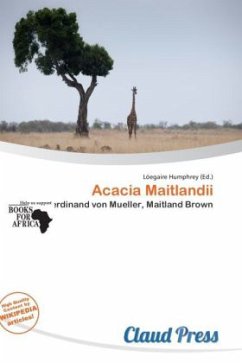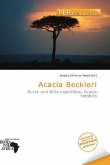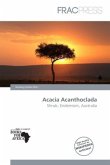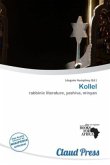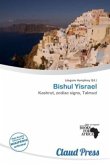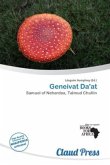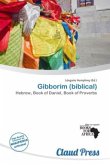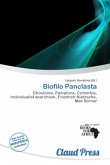Please note that the content of this book primarily consists of articles available from Wikipedia or other free sources online. Acacia maitlandii, also known as Maitland's Wattle, is a perennial tree native to . It has an open and spindly habit, with a height between 0.7 - 3.0 metres. Flowers are yellow and occur sometime between May and October. The favoured soil type is red sand, or stony ground, the habitat is sandy or stony plains, and on hills. The species was first described by in 1863. The plant is named for an early European explorer of Australia's Northwest, , who collect the type specimen. Acacia maitlandii is found in northern regions of all mainland states of Australia, except , and is not considered to be threatened with extinction. The species is used to make and , the gum produced is edible. The tree is called Garrga in the languages of the and people. The seeds have been identified, analysed, and monitored, as a 'wild harvested Australian indigenous food', by . The product is found to very high in fats, over half by weight.
Bitte wählen Sie Ihr Anliegen aus.
Rechnungen
Retourenschein anfordern
Bestellstatus
Storno

